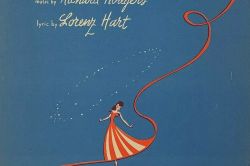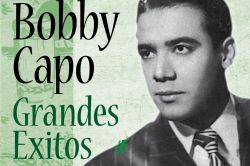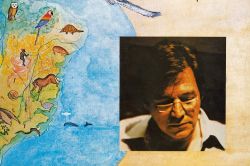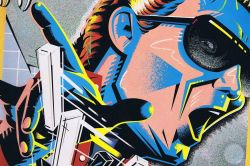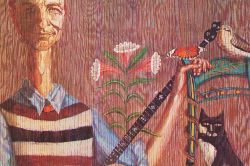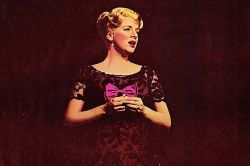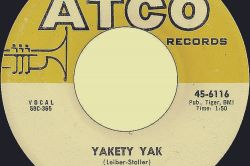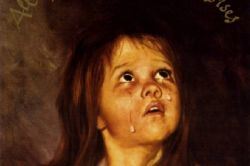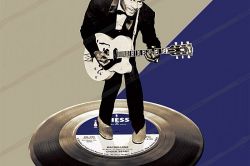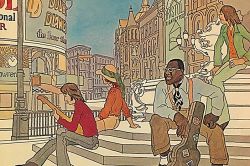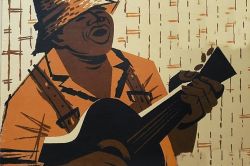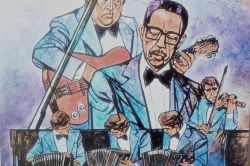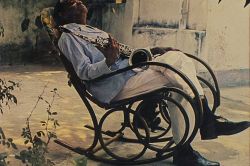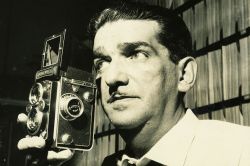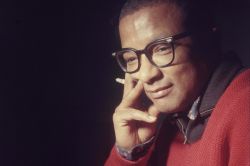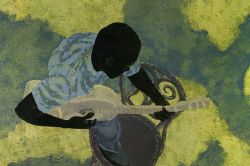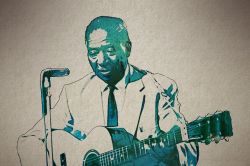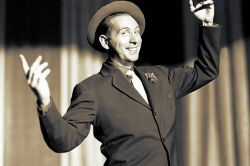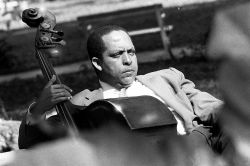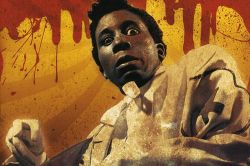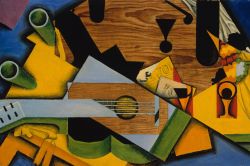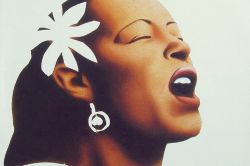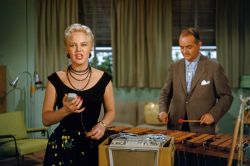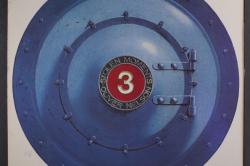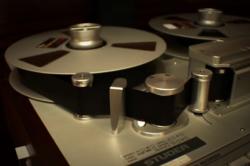1950s
The biggest change in the popular music of the 1950s was undoubtedly the more open leanings towards the new genre of he s-called rock 'n' roll.
First introduced by that term in 1951 by a Cleveland radio DJ named Alan Freed, rock 'n' roll grew beyond genre and into a concept that signified the most drastic cultural shift in the 20th century. It was the way of life, both uniting and dividing, that generated many more diverse music genres and, more importantly, gave voices to the most recognized musicians of all time.
Jazz was undergoing a transformation when the music of urban hipsters was brought out of the cities and into the now widely-accepted respectability of popular jazz festivals.
In terms of technical innovations, the invention of echo delay and multi-track recording had elevated records to the brand new aesthetic. Furthermore, the market for musical instruments had a major boost thanks to solid-body electric guitars.
First introduced by Clarence L. Fender in 1951, the Telecaster electric guitar had a deceptively simple design but produced a sound so revolutionary that it opened new horizons for performers and set trends in guitar manufacturing. Another significant Gibson Les Paul electric guitar shocked the market only two years after the Fender craze had broken out.
Fender Telecaster patent:
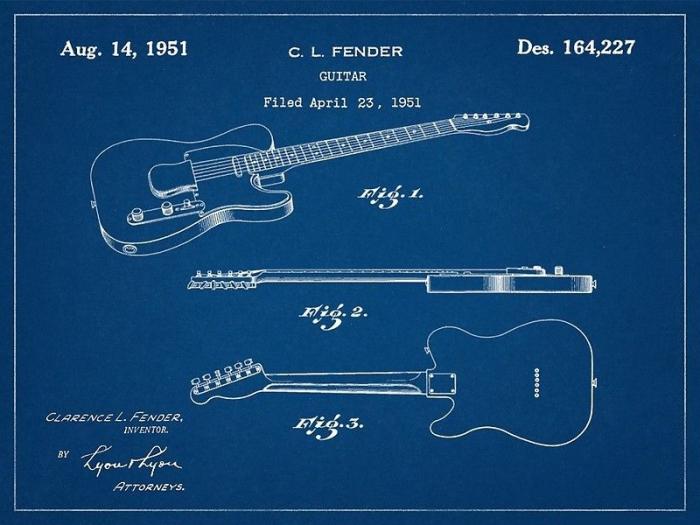
Since the introduction of pre-recorded technology in the 1930s, the music industry had mostly relied on mono sound, even though the stereo became available as early as 1940. And it was in the 1950s that the stereo finally started taking off, beginning in 1957 with the releases of the first ever stereo LPs. After that, more and more new releases were issued in both mono and stereo versions.
